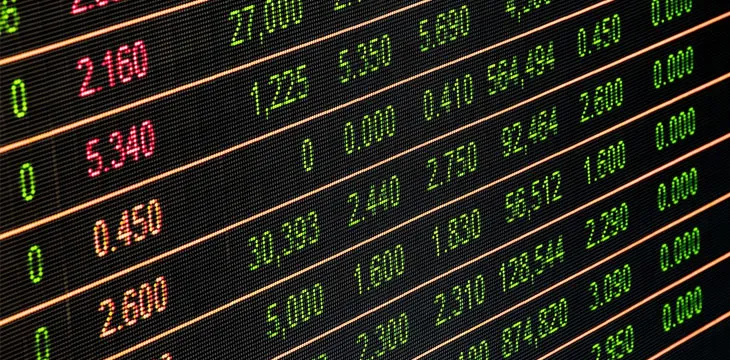|
Getting your Trinity Audio player ready...
|
With the recent problems of Bitfinex and Binance, it’s easy to lose trust in cryptocurrency exchanges. To help investors chose where they trade, crypto market data aggregator CoinGecko has now established a “trust score” system for exchanges.
Bobby Ong, the co-founder of CoinGecko, stated that there will be a variety of analytic methods to establish a fair picture of an exchange. The aggregator will take data from 10 “trustworthy” exchanges and also utilize online traffic analysis. The exchanges that are considered “trustworthy” will be determined according to a Bitwise report published in March, which determined that the vast majority of Bitcoin Core’s (BTC) volume was “fake.”
The median number of these 10 “trustworthy” exchanges will be considered the “benchmark” to establish the trust score. The trust score will work in this manner: if the volume is lower than this benchmark number, it will be considered fair. However, if the number is higher than this “benchmark,” then web traffic will be analyzed to determine whether the volume is fake or not.
Of course, that isn’t the only method that will be utilized towards determining the trust score. The exchange’s actual order books will be examined. Ong elaborated, “A thick order book will show that there is more liquidity for any trader to come in and buy/sell without much slippage or without affecting the price too much and is a relatively good indicator of liquidity (for now). A thin order book will show that there is no liquidity for any trader to trade meaningfully.” Ong is clear about the fact that exchanges with tighter spreads will be given a higher score, stating: “With Trust Score, the algorithm prioritizes exchanges with tight spread and deep depth rather than reported trading volume.”
Ultimately, every exchange examined will be given a score that will correspond to the three color codes found in a traffic light: red will indicate a “poor” trust score, yellow will indicate a “fair”score, and green will indicate a “good” score.

 07-28-2025
07-28-2025 





